Carlos Kaduoka is Consulting Director, SITA and Lorenzo Belicchi is Director of Aviation Consulting and Sales Excellence, SITA
Airports across Europe are collaborating on the steps needed to bring about a return to the skies. Led by ACI Europe, the initiative has resulted in a range of guidelines for a safe and healthy passenger experience.
SITA was delighted to play a part in drawing up the guidelines for airports in Europe to help get the industry moving again. Captured in ACI Europe’s newly published ‘Guidelines for a Healthy Passenger Experience at Airports’, the recommendations from its Passenger Facilitation Workgroup span every step of the journey.
The need for alignment
What’s very clear is that collaborative initiatives like these will bring alignment. In our new operating environment, we need common practices and understanding among stakeholders of the procedures for creating a safe and healthy journey, such as wearing face masks when social distancing isn’t possible, particularly on the plane.
The ACI Europe initiative comes on the back of ACI World’s work on the principles of the aviation industry’s restart and recovery*. ACI Europe’s guidelines dive into the practicalities of how airports can redesign operations to ensure passenger safety and trust. And, of course, they recognize that airports will customize the guidelines to comply with local requirements.
Technology will accelerate the changes needed
SITA’s inputs examined ways in which technology might help with the immediate recovery of the industry. We believe technology will certainly accelerate the changes needed to the journey. We evaluated how current technologies could impact airport operations, to help manage passengers effectively. That evaluation takes into consideration three areas of impact: processes, premises and people.
Think about thermal screening, for example. What are the implications of setting up scanners before passengers come into the terminal – on the process, on the building and on passengers? What’s the impact of the need to distance before entering the terminal? Or, if we build screening technology into other parts of the journey, what affect will it have? Added to that, who will administer the screening and are they trained?
Auditing the journey
So essentially the task was to audit the steps of the journey, identifying the implications of technology choices for nine processes along the journey, starting with travel to the terminal, moving through check-in and security, and onto borders, boarding and baggage.
For each step, in choosing technology solutions, we looked at four drivers: passenger health, social distancing, sanitization, and operational efficiencies. To restore trust in air travel, it’s vital that each of these is addressed.
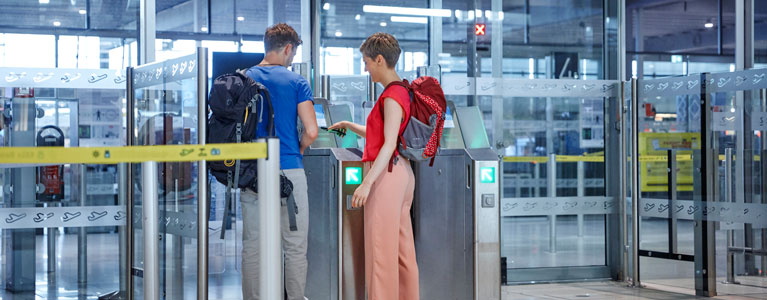
Passengers' mobile devices will be increasingly important across the journey, reducing any physical contact that may pose a health risk.
Passenger health
If we think again about thermal screening, having self-service kiosks perform this task is certainly a route forward. Though there’s currently no regulation on deploying this screening, some European airports such as Heathrow and Rome are already forging ahead with trials, in the knowledge that these systems help create feelings of trust and safety among passengers. (Airports outside of Europe using thermal screening include Dubai, Hong Kong and Singapore.)
Confidence in air travel will be further boosted as we evolve and implement contact tracing apps, to reduce the likelihood of ongoing transmission. Efforts are underway to develop solutions that balance privacy issues and public health, which in the European Union are guided by a toolbox for developing mobile app contact tracing.
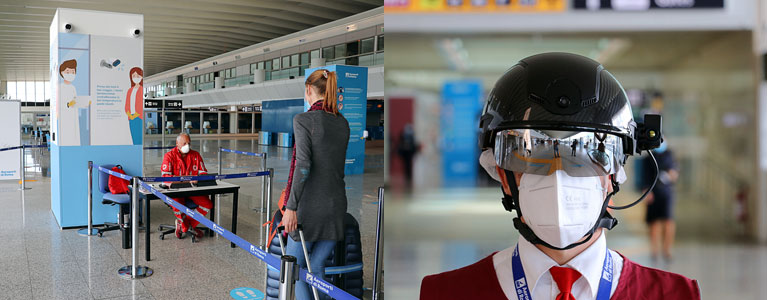
Ready for the return. Passenger health and distancing measures at Rome's Fiumicino airport, including trials of a 'Smart-Helmet' portable thermoscanner.
Social distancing and sanitization
We’ll also engender trust in air travel by combining technologies to ensure social distancing. They include passenger flow and queue management technologies to help predict movement and potential pinch-points.
Then there are new and emerging technologies like Artificial Intelligence and Computer Vision, along with data and analytics tools to monitor the flow of passengers and baggage, so we can proactively prevent crowding.
These are complemented by Application Programming Interfaces (APIs) that serve up information to passengers’ mobile devices, so they avoid physically touching airport infrastructure. APIs will unlock data for mobile boarding passes, baggage check-in and tagging, security, boarding, transfers and baggage claim.
Technologies to support a sanitized journey include robots and chat-bots to interact with passengers, along with the Internet of Things, for managing trolleys, carts, and the sensors that monitor the flow of passengers and assets.
It’s important to remember that some of the solutions accompanying these technologies will be low tech, such as protective screens at check-in or boarding, as well as simple floor markings, clear barriers and signage.
Operational efficiencies
We’ll see the impact of IT on the front and back end of airport operations in equal measure. More automation is essential. This includes self-service and biometric technologies, such as gates and kiosks, that not only keep passengers moving, but can also provide a touchless or low touch experience.
Biometric facial recognition will remove the need to show a passport or boarding pass – creating a secure digital travel identity for use across at the journey points, be it check-in, self-bag drop, border control or aircraft boarding. That means no need to touch screens, and it means greater efficiencies and safety for passengers and airport employees.
Then there’s the increasing importance of mobile enablement, reducing any physical contact that may pose a health risk. That will mean using your mobile to interact with a kiosk, such as for self-bag-drop, for instance. Mobile devices will be used at many steps, including those requiring identity checks, to achieve a walkthrough contactless experience.
Trust at the border
At the same time, digital and intelligent technologies will be critical at the border. They’ll enable borders to be reopened in a safe and controlled way, giving governments the ability to respond quickly to events. This is vital to re-establish trust through optimal management of security and facilitation, along with the use of contactless technologies, to ensure the safety and health of passengers, industry staff and officers.
Opportunities to streamline the journey?
9/11 brought about more stringent security steps that changed the journey. The corona-crisis may well impose health and sanitization checks for a long time, impacting the passenger experience and having implications for turnaround times, Minimum Connecting Time and airport capacity.
If this continues for an extensive period, we really will need to rethink the passenger journey. There are encouraging signs. We expect that more journey processes will be moved outside of the airport, starting at home. We may reach the point where passengers go straight to security and boarding at the airport, because they’ve already completed all other processes off-airport.
But no matter how far we evolve the journey, airports are eager to help our industry return to the skies now. While working with ACI Europe on its guidelines, we fully understood their significance in helping to get the industry started again. We also became aware of several European airports who have already started with pilot programs. More will follow, with the intention of sharing lessons learned and potentially evolving the guidelines.
A shining example of collaboration
For us, one of the great things about playing a part in this ACI Europe sub-group is the amount of insight, knowledge transfer and rethinking that’s taking place. It’s a shining example of industry collaboration and the pooling of expertise. We applaud ACI for this hugely important initiative. As Olivier Jankovec, Director General of ACI Europe says, “… it is clear that the current crisis requires more than ever fully coordinated and aligned actions amongst the different stakeholders.”
We all face great challenges as we emerge from the pandemic and as our industry experiences true disruption, but perhaps it’s a chance to work together to embrace opportunities and the full potential of digital technology to really change how we operate.
For more:
ACI Europe’s ‘Guidelines for a Healthy Passenger Experience at Airports’
SITA White Papers:
- A ‘New Normal’: post COVID-19. The changing face of air transport
- Enabling the low-touch airport
- Border automation. Balancing the needs of security and travelers through border automation
*Footnote:
ACI Europe’s new paper aligns with ACI World’s ‘Aviation Operations during COVID-19 – Business Restart and Recovery’. The work also aligns with IATA’s layered approach for an industry restart, ICAO’s guidelines for recovery, as well as recommendations from the European Air Safety Agency (EASA) and European Centre for Disease Control (ECDC).



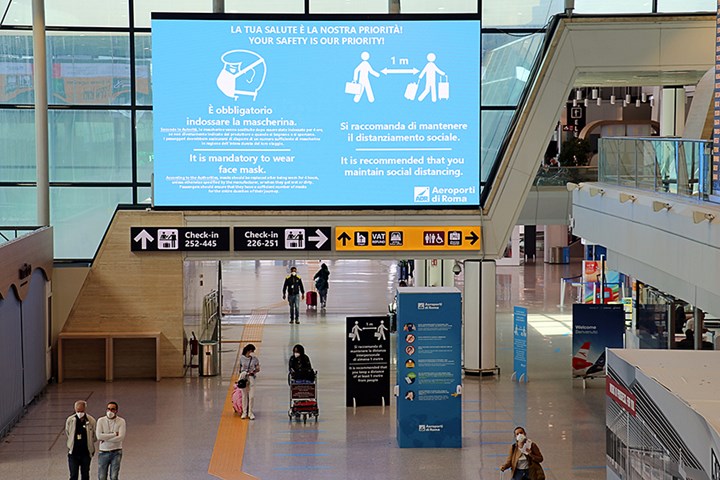



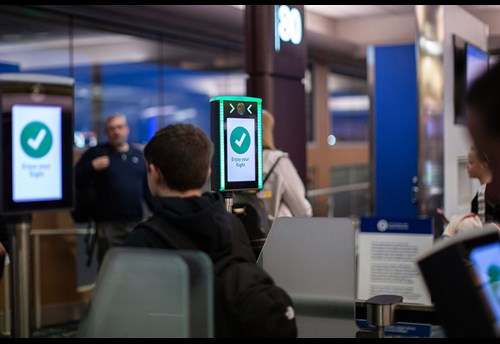
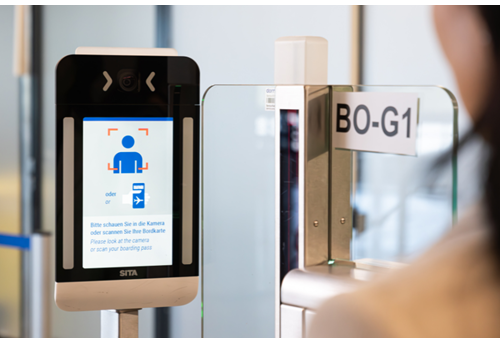
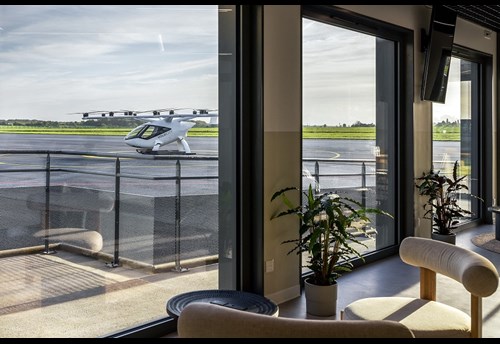
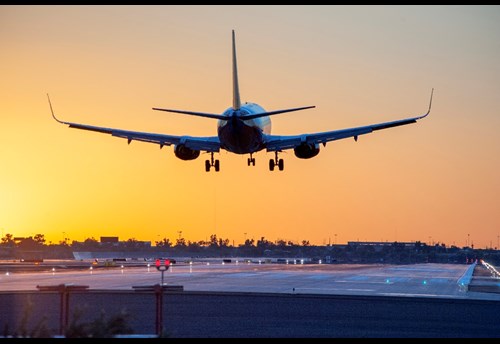
0 Comments